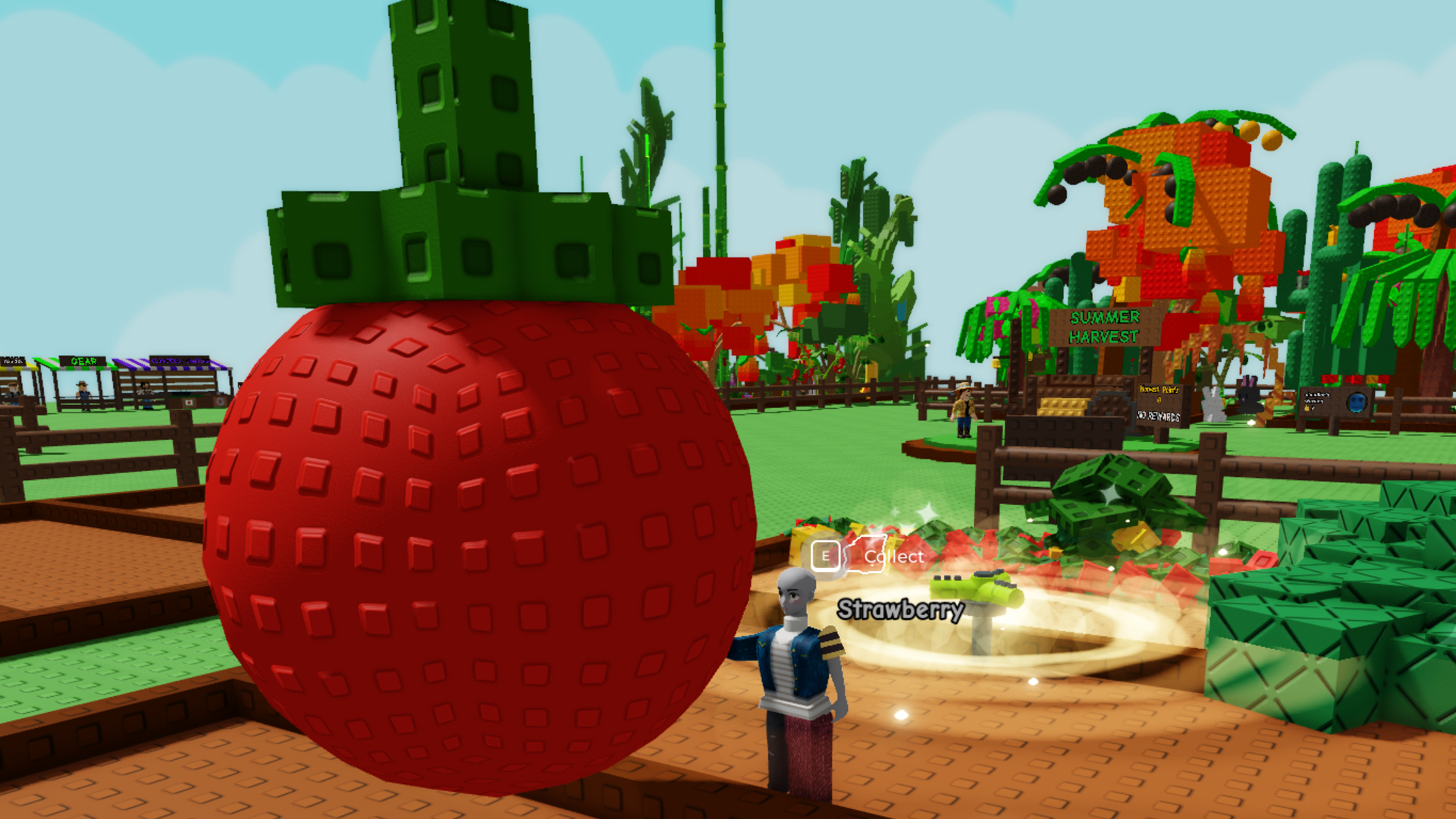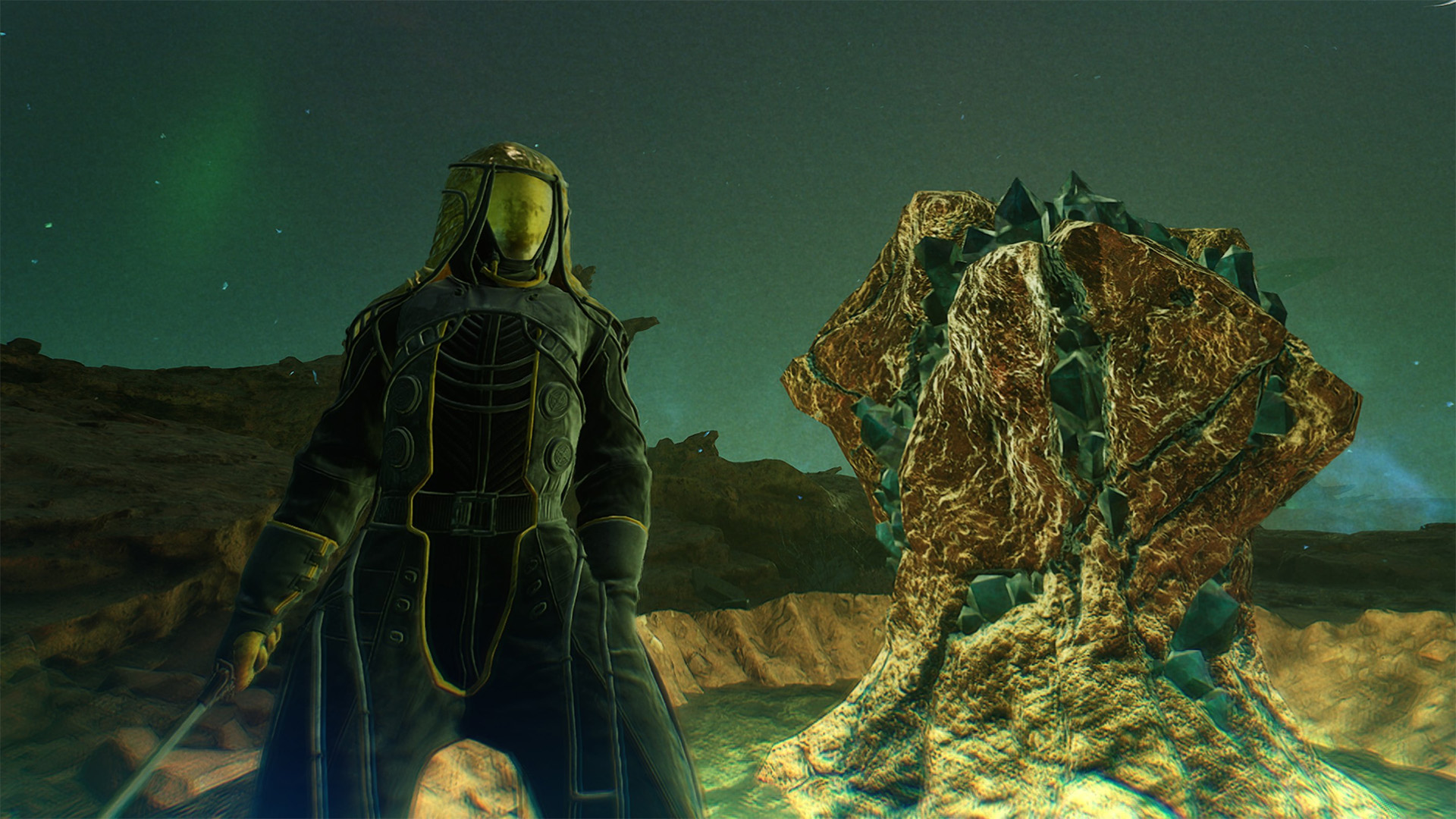
I’ve known there are other monster-hunting games out there besides the quintessential Monster Hunter, but none have really grabbed my attention and hooked me quite the same. Perhaps until now. More needs to be seen before I can say for sure, but after playing more than 10 hours of Wild Hearts, I can say this just might be the one. So far, Wild Hearts looks like an exciting mash-up of challenging hunting, crafting, beautiful semi-open-world environments, and snappy building mechanics that makes it stand on its own four legs.
First, some housekeeping – generally, what everyone wants to know: Wild Hearts is set to be released on February 17, 2023 for the PC and next-gen consoles. Yes, crossplay is supported for its three-player co-op – which is huge for a cooperative-focused game like this. That may sound like an odd number – but during the digital presentation, EA Originals executive producer Lewis Harvey said getting two friends together is easier than three, and balancing for four players didn’t work well because of the building mechanics. We already know there are no restrictions to joining friends, too – hop in whenever, regardless of how much of the story you’ve completed.
It sounds like I must have progressed in Wild Hearts a lot, but I got to the “end” of the story content available in this early build fairly quickly. I just wanted to play more, and ended up completing every optional quest there was. The hunt-craft-hunt loop of Wild Hearts isn’t so unfamiliar to me, but the presentation and seamless storytelling were unexpected. This could change down the line, but it seems like you’ll have main story quests that are active in the world, shown in the top left of the screen, separate from optional quests you need to manually trigger. These main quests may range from hunting a specific Kemono – the huge beasts that have fused with nature itself – to reaching a new point on the map. In the middle of this, you can take “breaks” to hunt specific monsters you’ve already encountered in the story by starting optional quests from any campfire or the map.
Completing these unlocks more optional quests, grants points to unlock new building abilities, and rewards those sweet sweet mats to upgrade your equipment, which is an easy-to-understand, streamlined process. This has me worried about the longevity of Wild Hearts, but may be music to others’ ears who prefer less grindy, less min-maxy experiences. This might also change as the game progresses – I was only able to fight three monsters and unlock four different upgrades, after all.
There are eight totally different weapon types to master; ranging in technical difficulty from very easy to grasp, like the Karakuri Katana; to simple yet demanding of skill, like the parasol-like Wagasa; to requiring both understanding and skill, like the bow. There’s a mechanical bear friend to help you learn the ropes, but these tutorials are pretty bare bones and left me to put two-and-two together to discover how to best use the weapon.
There’s more to Wild Hearts than just wielding huge weapons against giant animals so you can make new pants
Generally, Wild Hearts’ combat feels good and leads to plenty of hype moments. There was a bit of jank in the build I played, especially with the camera and targeting. It tends to come with fighting big, agile creatures in games in general, and there’s some feedback I’d like to be a bit more “crunchy” and obvious, but learning the systems and how to out-maneuver the bit of jank is just part of the genre at this point. There’s more to Wild Hearts than just wielding huge weapons against giant animals so you can make new pants, though – you can build stuff on the fly mid-combat.
This Karakuri mechanic really sets Wild Hearts apart from anything else in the genre, to my knowledge. (No, Fortnite is not in this genre.) With Karakuri, I could do things like build crates in an instant to leap off of and deal devastating attacks, or build springs to dash away in place of a dodge when my stamina was low. The third “basic” Karakuri I unlocked is the torch, which, once erected, allowed me to coat my weapon in flames or deal a satisfying fire attack to the vulnerable, plant-based Kemono.
Building Karakuri in certain ways leads to entirely new structures. If I built six crates in a rectangle formation, it would create a Bulwark. This large wall stopped the Kingtusk in its tracks and hilariously flinged it away – if I built it correctly. I’ll eventually develop the skill to do this under pressure, but the loss of six-plus Karakuri at once with no payoff can be a ruinous setback. See, building Karakuri requires thread, which is usually overabundant, but it had run scarce in the area we fought in. You can climb any Kemono and attack weak points to replenish these materials, but I frustratingly failed to reach the only remaining spots. Unable to build, avoiding the monstrous beast’s attacks became very difficult, especially with the katana’s kit. I got knocked around an embarrassing amount before finally claiming victory.
Despite the difficulty I described in this instance, I did only “die” one time, and I never failed a quest. I also can’t help but blame my own inexperience with Wild Hearts at that point, and that frustrating (near) failure made figuring out what did work all the more rewarding. I slayed the Kingtusk in much less than half the time with the parasol-like Wagasa, since I could rely on parrying instead of trying to i-frame my way through a wall of fleshy vines.
Outside of combat, you’ll need to use Karakuri to get around. Luckily, the things you build are persistent. Meaning, once you build something, it’s in your world for good. At least, until Kemono (or you) destroy it. There’s another class of Karakuri, too, called “dragon Karakuri.” This category includes structures you’d likely want to be more permanent, like a hunter’s tent, which allows you to rest; or a flying vine, which lets you set up giant zip lines to get around better. Once the dragon Karakuri are built, you can always destroy them to free up the resources they originally used, but finding them again was a bit tricky since they weren’t marked on the large map.
Exploring is a reward in itself – some of those nooks are breathtaking
Though I was able to explore almost every nook and cranny of Wild Heart’s first “hunting ground,” Hanagasumi Hill, there’s still more to do. Exploring is a reward in itself – some of those nooks are breathtaking, the type of scenery you call a friend in just to show. But, there are plenty more reasons to investigate thoroughly. The aforementioned dragon veins are especially important (and very loosely tied to fast travel), but there are also cooking ingredients to make stat-boosting meals and resources needed to upgrade weapons and armor. There’s even a collectible in the form of 50 Tsukumo. Finding the first one unlocks a small round robot hunting companion, and each one after that leads to unlocking more and more buffs for it. Plus, the adorable robot friends stack up around camp to keep you company. I found more secrets, too, but I’ll leave those as a mystery for now.
And to clarify, this is just one of at least four hunting grounds, each styled after one of the four seasons. There’s also the hub town of Minoto, which is accessible just beyond this early build’s reach, and should play an integral part to Wild Hearts.
Hunting games aren’t new to Koei Tecmo’s Omega Force. Though mostly known for the Dynasty Warriors series and related spin-offs, like the recent Fire Emblem Warriors: Three Hopes, the studio also made multiple Toukiden games. However, they were sure to say Wild Hearts is not a spiritual successor to Toukiden – rather, an entirely new game they hope to evolve into its own new series.
All in all, Wild Hearts is promising, and I’m looking forward to exploring more beautiful, feudal-Japan-inspired environments and hunting monsters with my once unreachable PC-only friends.






